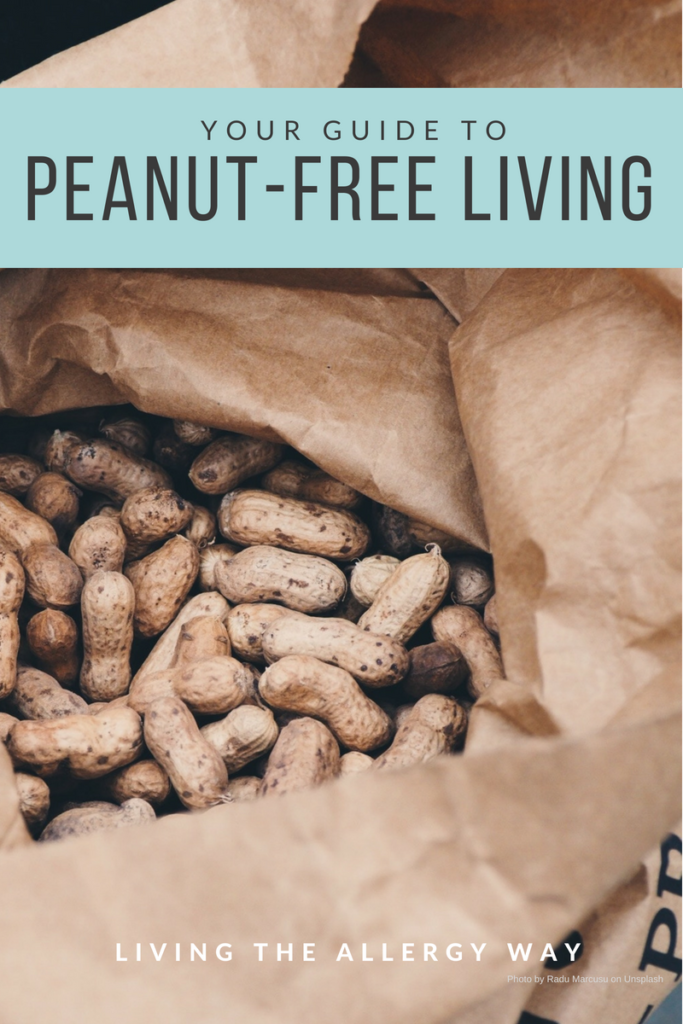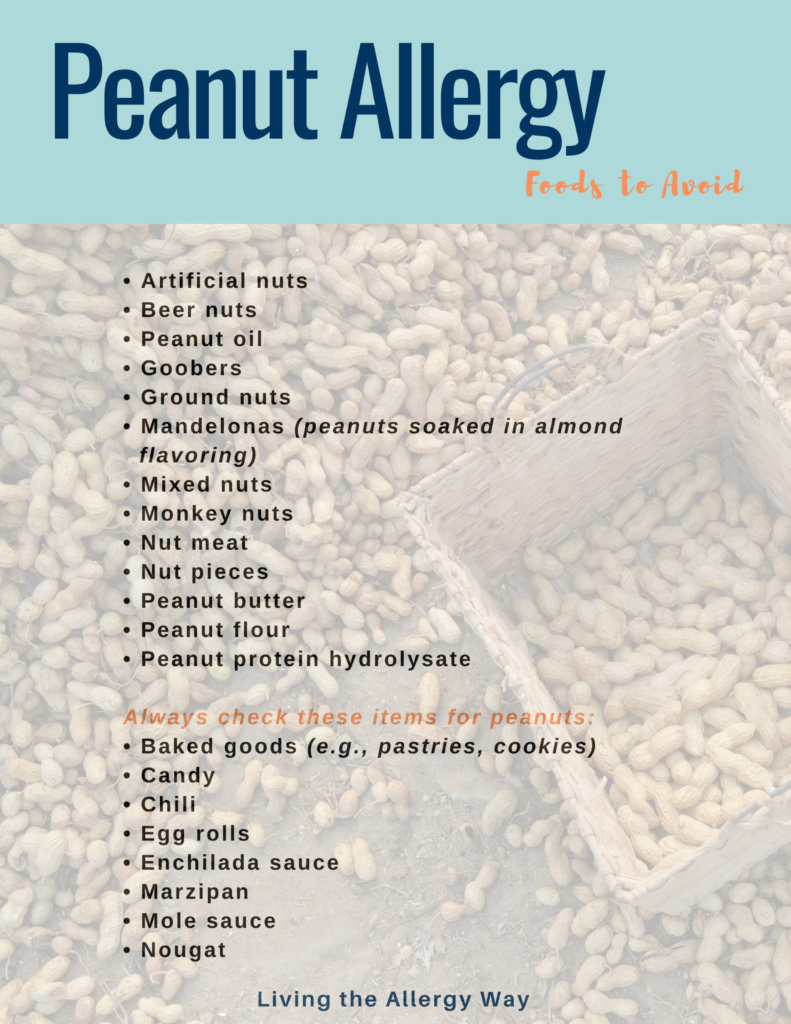Have a peanut allergy or know of someone who has a peanut allergy? Of course you do! That’s because peanut allergy is one of the most common food allergies and it appears to be on the rise in children. Walk into any school and you’ll see peanut-free zones in classrooms and peanut-free lunch tables in the cafeteria.
My mother and sister both have a peanut allergy as well as allergies to other nuts so I grew up without peanuts and peanut butter in our house. I was the kid with the grape jelly sandwich on Fridays during lent. That may be the reason I can’t seem to stand the smell of peanut butter. I fact, I can’t be in the same room with it. I know, weird huh?!
That’s okay because when our daughter was just over one year of age we had her tested after a reaction to cashews. Yep, she’s allergic to peanuts and most other nuts.
No peanut butter in our house!
In fact, 25-40% of those with a peanut allergy are also allergic to other nuts such as cashews, almonds, walnuts, pecan, etc. Peanuts are considered a ground nut because they are grown in the ground while other nuts (cashews, almonds, walnuts, etc.) are grown on trees and are considered tree nuts. It is possible to be allergic to peanuts and not be allergic to one of the tree nuts but your risk is increased so be careful when trying new nuts or be on the safe side and have your allergist test you or your child.
Technically, peanuts are considered a legume so you have an increased risk of also being allergic to beans, peas, lentils and soybeans. Again, have you or your child tested.
Peanut allergies are very serious because they can cause a severe, anaphylaxis reaction. Symptoms can be mild and progress slowly or be quick and strong. These reactions may include nausea, hives, vomiting, trouble breathing and tightness of the throat. Anyone allergic to peanuts should always carry an epinephrine auto-injector (EpiPen®, Auvi-Q™). I have heard more than one friend say their son or daughter got hives from eating peanuts but they didn’t think it was an allergy. If this is you, make an appointment now and find out!
When my daughter was little we made sure her school had her EpiPen® in the nurse’s office and I always carried a set in my purse. Now that she is 16, she carries her own EpiPen® with her even if there is no food involved.
Whether its school, sports, shopping, friend’s house or eating out. Bring it!!
Now, what should you look for?
Since 2004, all food labels need to clearly identify the eight most common food allergens in the U.S. So now all labels must list the ingredient and all must place a “Contains: Peanuts” statement beneath the list of ingredients. You will sometimes see statements such as “may contain nuts” or “made in a facility with nuts”. These are all voluntary and not required so make sure you read your ingredient list. Not all products are regulated by the FDA so always be careful before you try any new lotions, shampoo or bird food.
The FDA does not include refined peanut oil as an allergen so manufacturers are not required to label them and studies have shown that peanut oil can be safely eaten, however, we still avoid peanut oil.
I’ve included a list of these ingredients here. You can even print your list out and carry it with you to the store. Remember to read all labels carefully before using any product, even if it has been used safely in the past.
So, go ahead …..
Read those labels!
Know your avoid list!
Always tell your server about your allergies!
Look for hidden sources!
Check all lotions and shampoo!
Sources: FDA http://www.fda.gov/Food/ResourcesForYou/Consumers/ucm079311.htm
FARE (Food, Allergy, Research and Education) https://www.foodallergy.org/.



Leave a Reply